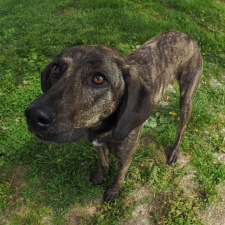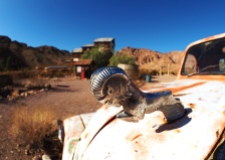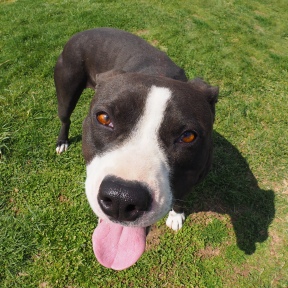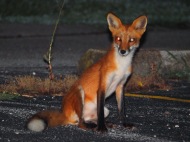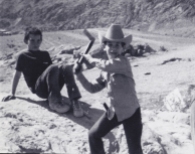There is no better place to flex your photographic muscles than a visit to a National Park. You get a chance to shoot amazing wildlife, grand vistas, tiny details, and history. Really capturing the essence of these remarkable places requires more than a single set up. I carry primes, zooms, fisheyes and more. You never want to miss a shot so make sure to pack a kit that’s ready for action!
For me the Parks are a treasure – never short on adventure or inspiration. Let me share some of my favorite spots with you.
Wildlife – Shoot long.
You see it everywhere – even in the city park sites. Make sure you have a lens with lots of reach so that you can make sure you get the shot. Years ago I was frustrated trying to get a sharp image of a robin outside a visitors center and it pushed me to focus on shooting birds every single day for a year – this experience not only helped me to learn the behaviors of birds and the best techniques for capturing them – it taught be to think fast, to learn to adjust my camera without taking my eye away from the viewfinder, to capture action. It changed my photography. It made me a wildlife photographer.
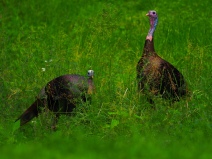
Wild Turkeys – Great Smokey Mountains

Sitka Deer – Assateague Island

Big Horn Ram – Lake Mead

Seagull – Alcatraz

Draft Horse – Acadia

Black Bear – Great Smokey Mountains

Wild Ponies – Assateague Island

Raven – Olympic

Bull Elk – Buffalo River

Ponies – Assateague Island

Marmot – Rocky Mountain

Pelican below the Golden Gate
Vistas – Shoot wide.
Nothing is more American than getting out into the wide open spaces of nature. You need to make sure to carry a lens that will let you take in those big wonderful views – wide zooms or primes can capture it all. I recall thinking that landscapes were just not my thing, but each time I visited a spectacular place I longed to take something home with me to capture that moment of wonder. Landscape photography taught me to slow down, to use a tripod, to be a part of the vista even as an observer. Today I shoot some locations several times a year so that I can see all the opportunities that differing lighting conditions have to offer me creatively. It has opened my mind and my vision for my work.

Death Valley Sunset

Indiana Dunes Shoreline

Red Rock

Catherine Falls – Mount Ranier

Little River Canyon

Hampton

Wizard Island – Crater Lake

Weir Farm

Eagle Lake – Acadia

Cape Disappointment – Lewis & Clarl

Fence Line – Pea Ridge

Cabin – Wilson’s Creek

Scott’s Bluff
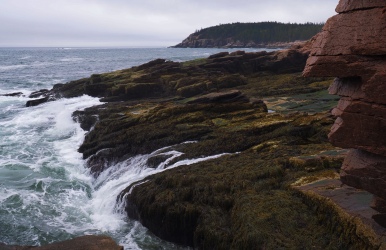
Shoreline – Acadia

Great Smokey Mountains

Painters Palette – Death Valley

Harpers Ferry

Assateague Islands

Joshua Trees – Mojave Preserve

Steele Creek – Buffalo River

Red Rock

Death Valley

Kelso – Mojave Preserve

Lenticular Clouds – Mount Rainier

Tulips – Independence

A view of Vegas – Red Rock

Fence Line – Gettysburg

Longmire – Mount Rainier
Details – Shoot close.
I love seeing beautiful details in a park. This is where I take out the macro lens or something that lets me focus close. There is always opportunity to discover pattern and color that you just don’t notice when you pass by what you might think of as just “ordinary”. There is alway more to see when you get close. Shooting macro and details has taught me to investigate things and to be present in the moment.

Chain – Golden Gate
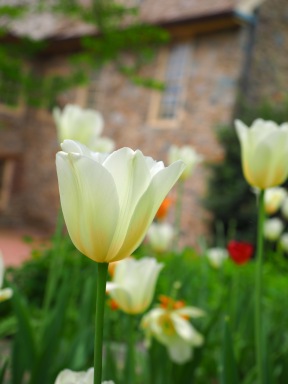
Tulips – The Stone House

Canon – Monocacy

Wildflowers – Kitty Hawk

Buds – Olympic

Gears – Springfield Armory

Iris – Longfellow House

Canon Balls – USS Constitution

Daiseys – Death Valley
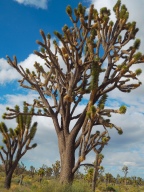
Joshua Tree – Joshua Tree NP
History – Shoot the angles.
Everyone has seen a shot of the Lincoln Memorial – right? When you see something so grand and recognizable it is a challenge to make the shot your own. Sometimes it’s the lighting, sometimes it’s the angle, sometimes it’s taking another tool from the kit like a fisheye to bend history to your own vision. Shooting monuments and historical displays makes me feel wonder at being so close to things we all share. It makes me want to show what they mean to me. They are common images of places that have touched me in uncommon ways.

Tomb of the Unknowns – Reverence

The Golden Gate from below inside Fort Point – Time

Kelso – Industrious

Franklins Print Shop – Bootstraps

Gettysburg – Little Round Top

The Lincoln Memorial – Perfection

Antietam – A Meaningful Monument

Ford’s Theater – Awe

Eternal Flame – Homage
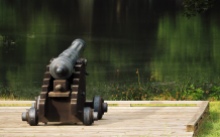
Arkansas Post – Ancient

Saratoga – Victory
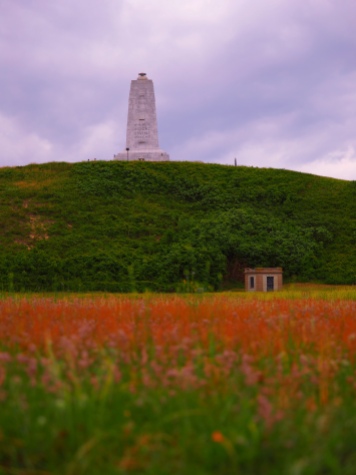
Kitty Hawk – Colorful

Rushmore – Serene

Jamestown – Wonder

Lincoln Memorial – Intimate

Hoover Dam – Monumental

MLK Jr Memorial – Powerful

Jefferson Memorial – National Mall

Changing of the guard – Humbling

Independence Hall – the start of it all

Longfellow House – Washington’s Headquarters
This summer – go out and see America! Be sure to take your camera with you!
Shutterbug Notes: I shoot mirrorless. I got into this format in about 2009 when the Olympus Pen first came out. I liked that it was compact and that I could easily use my old OM lenses with an adaptor. Mirrorless camera lenses are much smaller than standard cameras. I can get two cameras and 6-8 lenses in a backpack although I typically carry only 4-5 at a time. This kit has made it possible for me to have all the flexibility I like when I travel. It has allowed me the most possible creative freedoms when I shoot. No matter what you shoot, try to cover the bases. You need something long for wildlife, something wide for landscapes, something close focussing for details and something unique for shooting common scenes – this can be four lenses or maybe just one or two depending on what you have in your kit. Get to know your lenses capabilities and stretch yourself.






